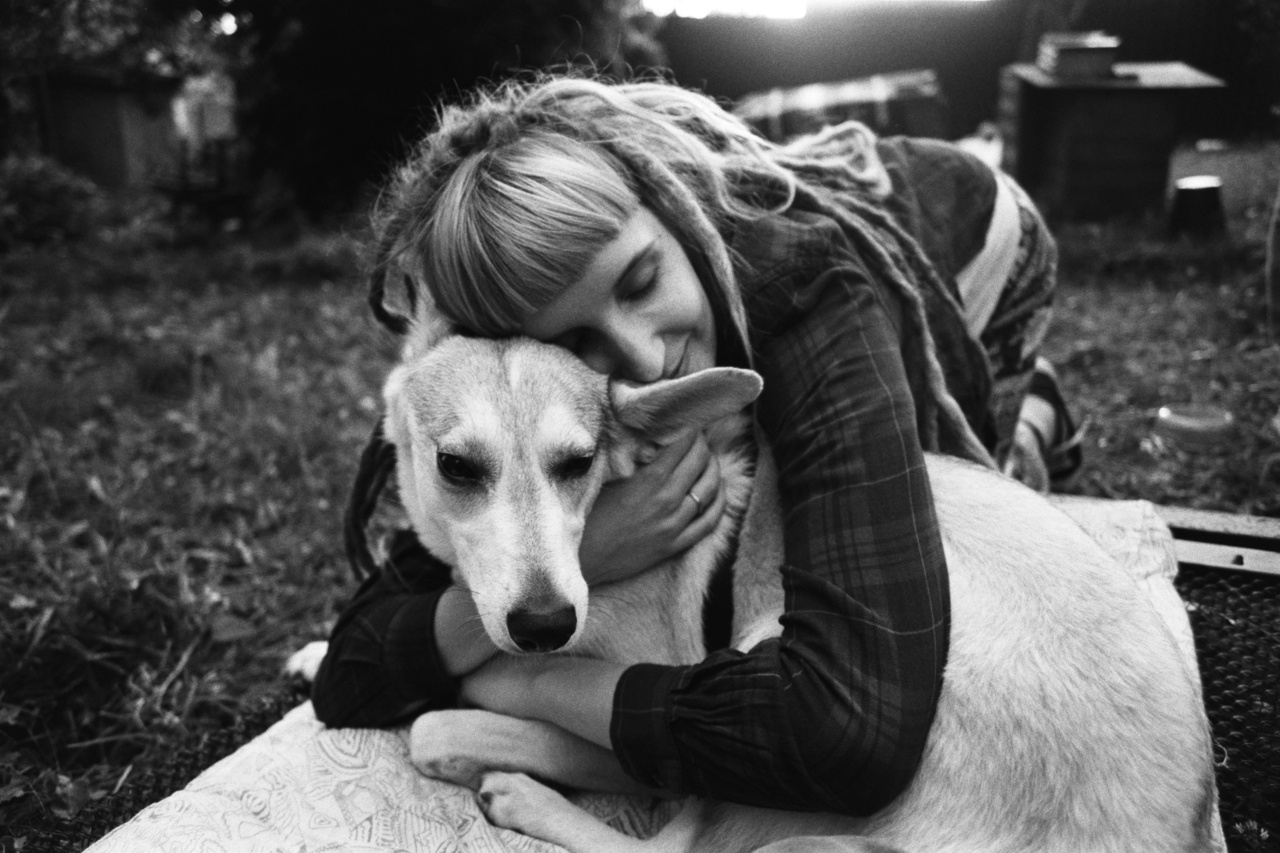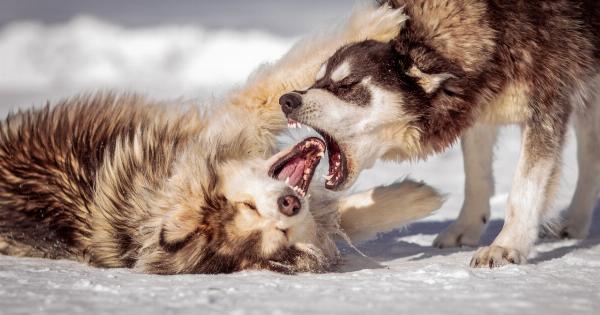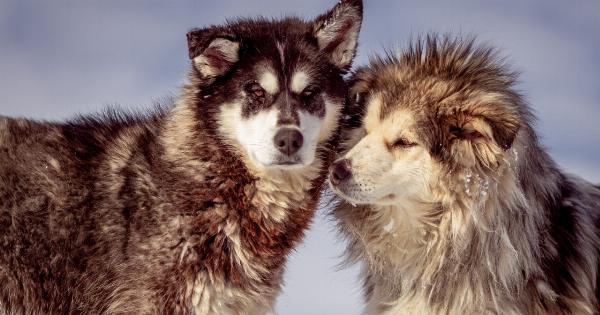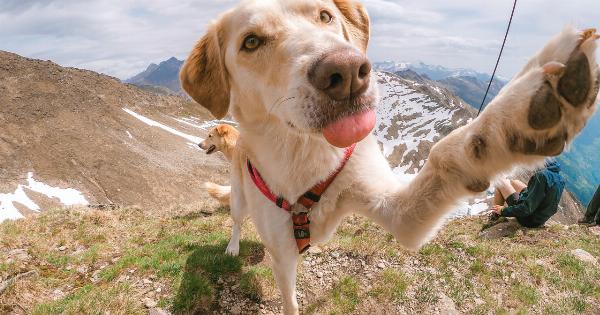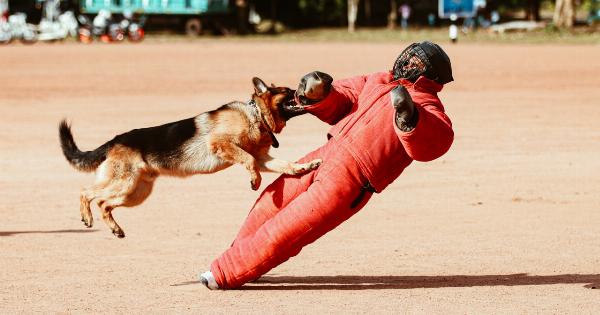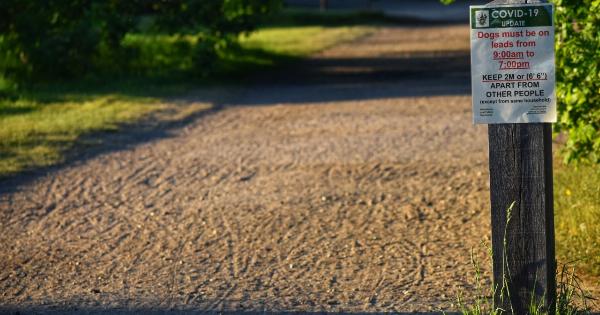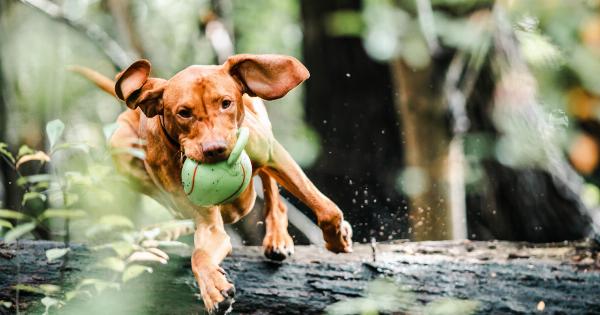Aggression in dogs is a common problem that is not only dangerous to humans but also other animals. It is essential to understand why dogs become aggressive to prevent potential harm.
Dogs generally exhibit aggressive behavior due to various factors, including environmental, genetic, and hormonal factors. Understanding the triggers of dog aggression can help you avoid situations that may cause your dog to become aggressive. Here are common triggers of dog aggression:.
1. Fear and Anxiety
Fear and anxiety are common triggers of aggressive behavior in dogs. When a dog is afraid or anxious, they may lash out and bite, snap, or growl to defend themselves.
Fear and anxiety may arise from various factors, including past abuse, lack of socialization, and traumatic experiences. Signs of fear and anxiety in dogs include trembling, panting excessively, cowering, hiding, and licking their lips.
2. Territory and Dominance
Dogs are territorial animals, and they may become aggressive when they feel their territory is being invaded. Also, some dogs may display dominance towards their owners or other pets, which may lead to aggressive behavior.
It is essential to establish your position as the pack leader to prevent your dog from becoming too dominant. Signs of territorial aggression include biting, growling, and barking at strangers or other animals that come too close to their belongings or territory.
3. Pain and Illness
Dogs may exhibit aggressive behavior when they are in pain or feel ill. Dogs often hide pain, and it is, therefore, essential to watch out for symptoms of pain or illness such as limping, vomiting, and loss of appetite.
Dogs may become aggressive due to discomfort, especially when handled or touched in a painful area. If you suspect that your dog is in pain or ill, seek medical attention from a veterinarian immediately.
4. Lack of Socialization
Proper socialization is essential for a dog’s development. A dog that has not been socialized may be fearful or anxious around people and other animals, leading to aggressive behavior.
Dogs recognize social cues from other animals and humans, and a lack of socialization limits their ability to understand and interpret social cues properly. Early and frequent socialization reduces the risk of aggressive behavior in dogs.
5. Frustration and Stress
Dogs may become aggressive when they are frustrated or under stress. Frustration may arise when a dog is prevented from doing what they want, such as chasing a squirrel or playing with a toy.
Stress may result from various factors, including changes in routine, loud noises, and separation from their owners. When stressed, dogs may exhibit destructive behavior and become aggressive. It is essential to provide your dog with a calm and stable environment to reduce stress and frustration.
6. Genetics and Breed
Genetics and breed play a significant role in a dog’s behavior. Some breeds of dogs are more prone to aggression than others. For example, breeds such as Pit Bulls and Rottweilers are known to be aggressive.
However, it is essential to note that aggression is not a breed-specific issue. Also, a dog’s genetics may contribute to aggressive behavior. If a dog’s parents or siblings have exhibited aggressive behavior, there may be a genetic predisposition for aggressive behavior.
7. Lack of Training and Discipline
Dogs require training and discipline to learn how to behave properly. A lack of training and discipline may result in dogs becoming unruly and aggressive. Dogs that are not trained may not understand basic commands, leading to aggressive behavior.
Also, dogs that are not disciplined may exhibit dominant behavior, leading to aggression towards other animals and humans.
8. Sexual Maturity and Reproduction
Sexual maturity and reproduction may trigger aggressive behavior in dogs. Unneutered male dogs may exhibit aggressive behavior towards other dogs and humans due to the desire to protect their territory or mate.
Also, female dogs may become aggressive when protecting their puppies. It is essential to spay or neuter your dog to prevent potential aggressive behavior related to sexual maturity and reproduction.
Conclusion
In conclusion, aggression in dogs is a complex issue that requires an understanding of various triggers that contribute to aggressive behavior.
Understanding these triggers is essential for preventing potential harm and ensuring the safety of humans and other animals. If you notice signs of aggression in your dog, seek professional help from a veterinarian or dog behaviorist immediately to address the issue.
